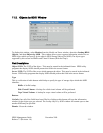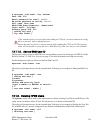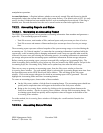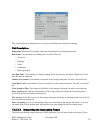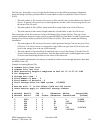
[ SSM user deleted ]
[ deleting ldap principal ]
[ deleted ldap principal ]
[ deleting ftp user ]
[ ftp user deleted ]
[ deleting kerberos principal ]
[ KADMIN_PRINC unset; using kadmin.local for Kerberos ops ]
[ deleted kerberos principal ]
[ deleting unix user ]
13.1.3. Listing HPSS Users
The hpssuser utility can be used by the administrator to list all existing HPSS User IDs. The utility can be
invoked to list all HPSS User IDs or a particular type of User ID.
Following is an example of listing the user1 User ID on a system configured to use UNIX authentication
and authorization, and with FTP configured to use the UNIX password file:
# hpssuser -list user1 -all
[ Kerberos not configured - skipping... ]
INFO: FTP is configured to use the unix password file.
[ LDAP not configured - skipping... ]
[ unix(linux) user info ]
uid=300
gid=210
home=/home/user1
shell=/bin/ksh
fullname=Test User
[ ssm user info ]
(admin -> perms = 'rwxcidt')
(operator -> perms = 'r--c--t')
SSM client security ACL entry:
rwxcidt - user - 300 (user1) - 10000 (HPSS_REALM.NAME)
Listing all unix users is not supported.
13.1.4. Create an SSM Client Package
The hpssuser utility can be used by the administrator to generate an SSM Client Package (all files
required to start an SSM client on another node). The utility also has the ability to include HPSS
documentation in the package if the -packagedoc option is specified. The following is an example of
creating a SSM Client Package without the HPSS documentation on a system configured to use Kerberos
authentication. For the case of a system configured to use UNIX, then krb5.conf
won't be included in the package. Note that if krb5.conf does not exist on a
system that's configured to use krb auth, then the command will fail.
HPSS Management Guide November 2009
Release 7.3 (Revision 1.0) 329




